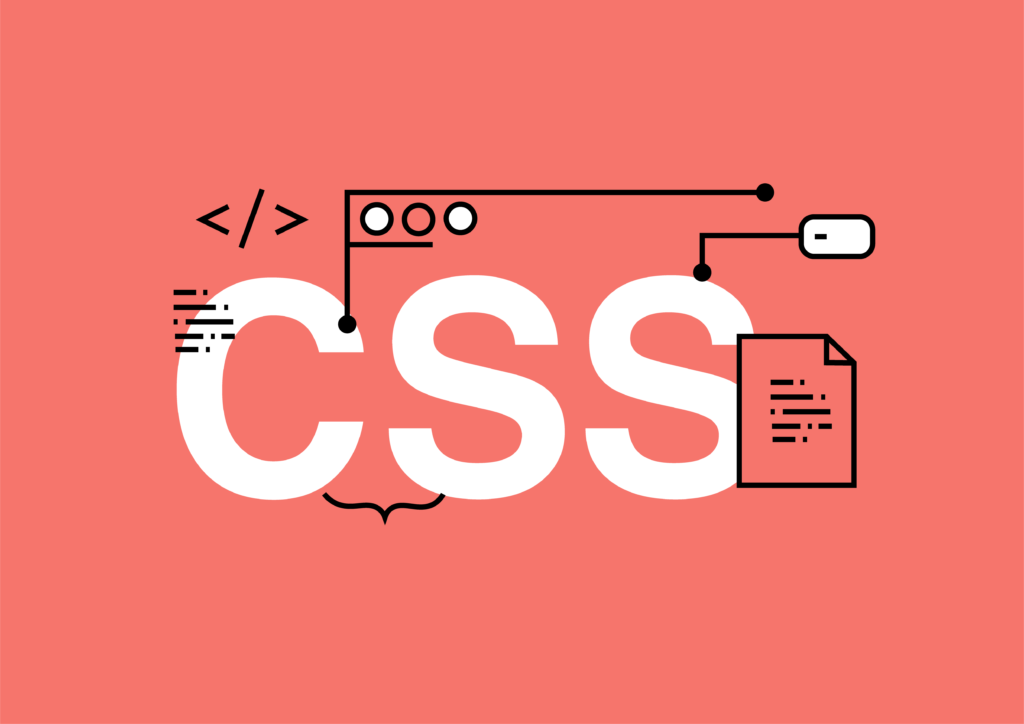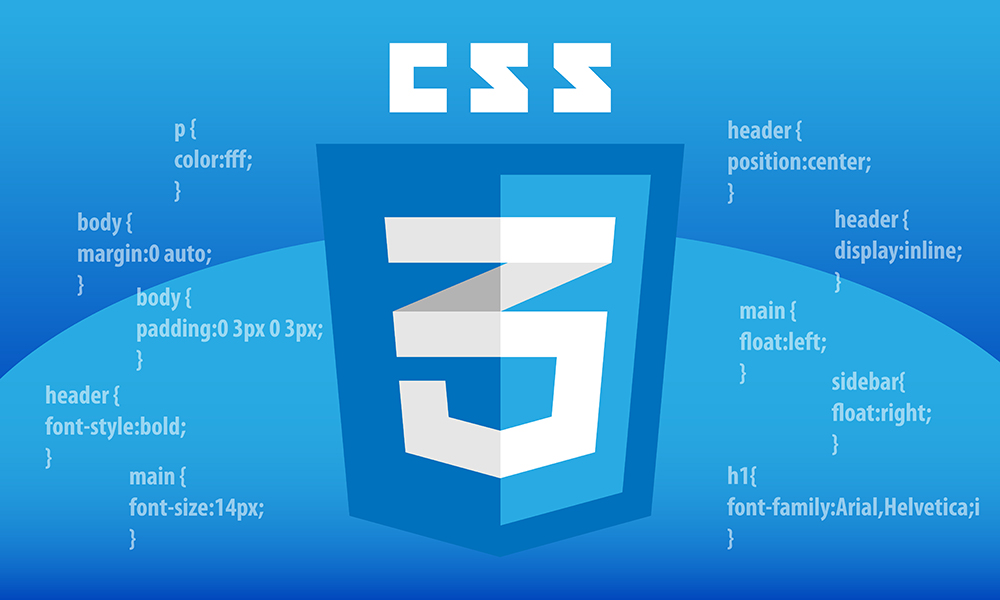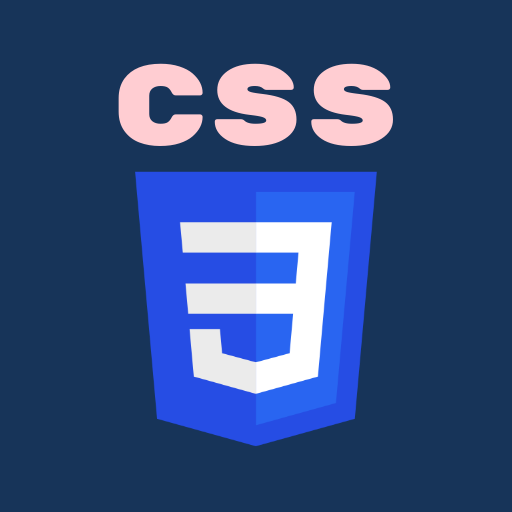
Cascading Style Sheets, or CSS, is the artistic force behind the aesthetics of the internet. It's the styling language that transforms the raw structure of HTML into visually stunning and user-friendly web pages. Let's explore the intricate details of how CSS elevates web design, bringing elegance and sophistication to the online world.
At its core, CSS operates on a system of selectors and declarations. Selectors target specific HTML elements, while declarations define how those elements should appear. This intuitive pairing allows developers to exert fine-grained control over the styling of individual or groups of elements.
CSS introduces the concept of the box model, which conceptualizes each HTML element as a rectangular box comprising content, padding, borders, and margins. This model provides a systematic way to structure and style elements, facilitating precise control over spacing and layout.
Mert Canbaz
One of CSS's standout features is its ability to facilitate responsive design. Media queries, a CSS3 feature, enable developers to apply styles selectively based on factors like screen size, resolution, or device orientation. This adaptability ensures that websites look polished and function seamlessly across a diverse range of devices.


Accessibility and SEO-Friendly Styling
Beyond aesthetics, CSS contributes to accessibility by enabling the creation of designs that are navigable and understandable by assistive technologies. Well-structured and optimized CSS can also positively impact a website's search engine rankings, improving its visibility on search engine result pages.
- In conclusion, CSS is the design language that turns the blueprint of HTML into a visual masterpiece. Its versatility, responsiveness, and creative potential make it an indispensable tool for web designers striving to deliver elegant and user-centric online experiences. Whether creating a minimalistic portfolio or a complex e-commerce platform, CSS empowers developers to craft web pages that captivate and resonate with users.